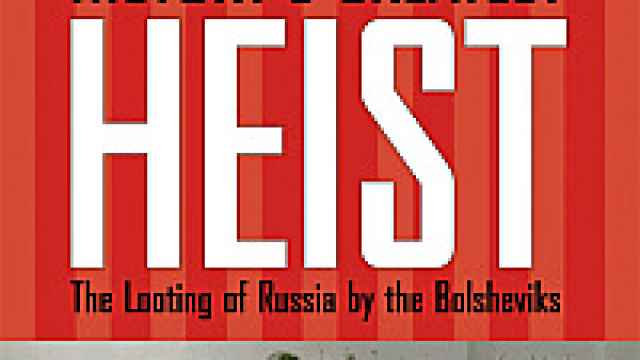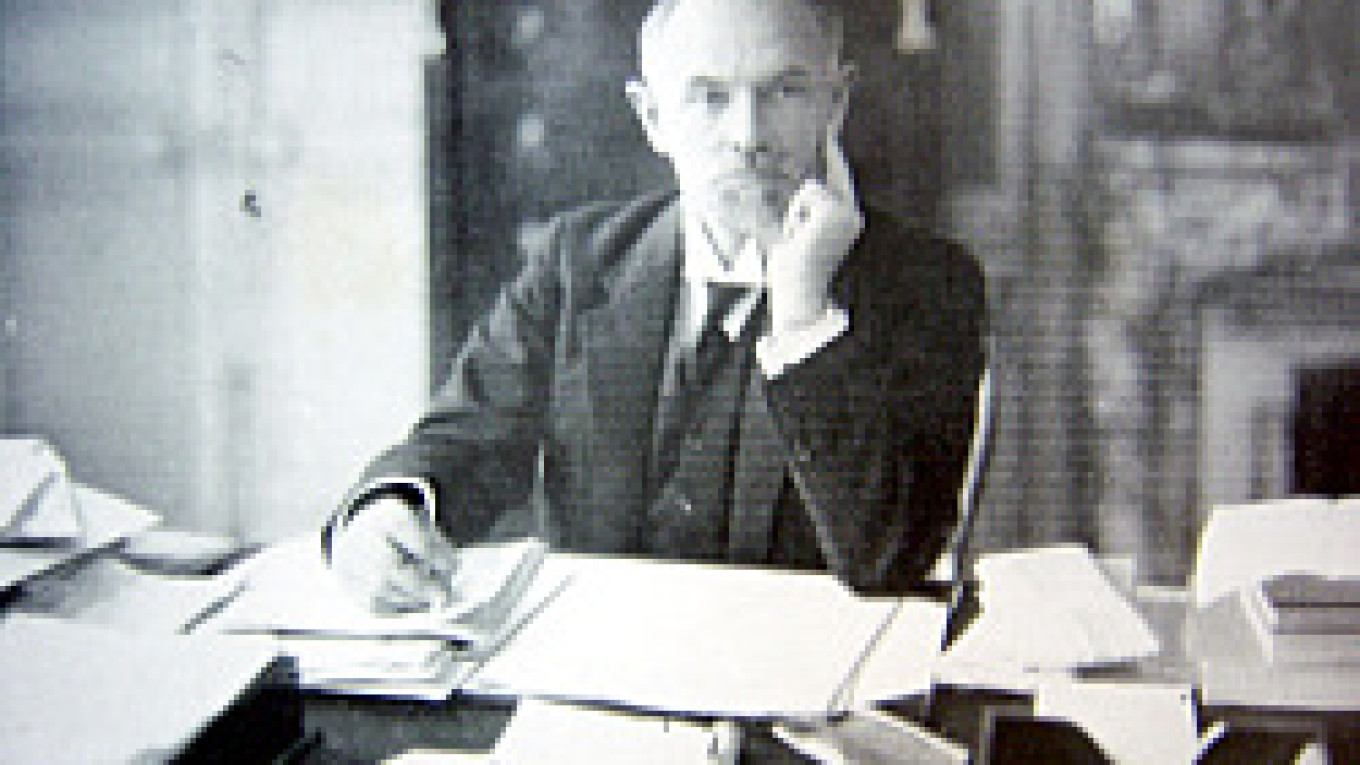"History's Greatest Heist" is a comprehensive guide to the Bolshevik's appropriation of state and private assets, their subsequent laundering by Swedish bankers and use as security to fund purchases of arms to enforce their will on a starving population. Academic in its depth and execution and cinematic in its scope, McMeekin's work takes us through the first four years of Bolshevik rule, describing how a band of revolutionaries managed to establish rule over all of Russia.
The story begins in pre-Revolutionary Russia, portrayed by McMeekin as a burgeoning capitalist state, industrializing and modernizing at a fast pace. That may well have been the case, but he brushes over more uncomfortable elements of political suppression and massive economic inequality. (Sound familiar?)
After the Bolsheviks first seized power in November 1917, they needed cash fast, "if only, at first, to pay the Red Guards ... who had staged the coup." When State Bank officials refused to recognize Bolshevik authority and cooperate with demands for money, they were replaced with an incompetent financial team who, as one later confessed, "entered the enormous corridors of this bank as if we were penetrating a virgin forest."
McMeekin has little time for the Marxist ideology that drove the Bolsheviks' economic ideals, their bookish theories that led them to disregard the possibilities of economic reality. When a Swedish banker warned that the cancellation of all foreign debt obligations in February 1918 would ruin Russia's creditworthiness, Mechislav Bronsky, the Bolshevik trade commissar, laughed in his face.
At the same time the "loot the looters" campaign was being carried out to transfer the wealth to the new regime under the guise of returning to the workers what was rightfully theirs. In reality, "property nationalizations" meant anarchy and "were carried out by whoever wished to loot and rob their neighbors." McMeekin recounts the murder of the Romanovs in Yekaterinburg in gory detail, with locals tearing jewels off the dead bodies. As late as the 1930s, the Cheka found $1.6 million of imperial jewelry in the area.
 Yale University Press | |
When a state committee -- Gokhran -- was set up in 1920 to organize confiscations, its amateurish work systematically destroyed Russia's wealth and cultural heritage as its workers stripped down historical objects to their raw materials. Not only did the Bolsheviks manage to seize the tsar's gold bullion, Europe's largest reserve, but they also took jewelry, silver cutlery, artwork and books from homes and safe-deposit boxes across the country.
At times, McMeekin takes an overly romanticized view of some of the dispossessed. The idea of a prince stuffing "two Rembrandts ... [and] many family jewels" into his luggage as he flees the country is a little hard to swallow given what we know about Russia's widespread poverty. The picture of an idealized pre-Revolutionary Russia certainly gives us very clear heroes and villains, but it also provides an excessively one-dimensional view of those in whose hands Russia's patrimony was held before the Revolution. This is not to justify the Bolshevik's looting but rather to provide a more textured view.
The Bolsheviks' nationalization campaign was not only driven by ideological fervor but also by desperation for money. Faced with resistance by peasants, workers and soldiers, the very people in whose name they made the Revolution, they maintained authority by their monopoly on the means to violence. McMeekin demonstrates how the money, surrendered under slogans such as "Turn gold into bread," was primarily spent on arms and military equipment to cement their rule by force.
But after their repudiation of foreign debts, no one would deal with the Bolsheviks -- no one, that is, apart from bankers and businessmen driven by greed. Swedish bankers were happy to help the Bolsheviks melt gold down and recast it with the Swedish stamp. The German authorities were concerned that the money flooding into the country from Russia was fuelling propaganda for a world revolution. In fact, it was securitizing massive arms and industrial deals.
Shady middlemen -- both Bolshevik veterans and wheeler-dealers -- fanned out across Europe with suitcases stuffed with money. Reval (Tallinn) started to resemble a Wild West boomtown where adventurers and representatives of reputable firms struck deals in return for the Swedish gold.
The Bolsheviks -- belying their claims to represent the workers -- also wanted to live the high life. McMeekin is particularly irked by Lenin riding around in a Rolls Royce. Money not spent on equipment for the Red Army was spent on food -- not grain to feed the starving population suffering from famine, but Swedish herring, German bacon and French pig fat.
Of the many foreign villains in the book, no one is more harshly criticized than British Prime Minister Lloyd George. In November 1919, he gave up on armed intervention against the Bolsheviks, saying "Russia is quicksand," and called off the blockade of the Baltic Sea. Under acute domestic economic pressure, his decision to sign an Anglo-Soviet Accord in 1921 effectively accepted the Bolshevik's claim to the gold as legitimate and assented to their refusal to fulfill debt obligations.
By the end of 1921, the riches procured by the Bolshevik's looting had helped them to achieve the unthinkable: grudging legitimacy from Western governments and the means to defeat their opponents within Russia.
McMeekin concludes that the greedy capitalists, such as U.S. steel magnate Andrew Mellon, who acquired a number of paintings by Old Masters, were directly responsible for funding the Red Terror and the Bolshevik's war against the peasants. Adapting Lenin's phrase, Western capitalists sold the Bolsheviks the rope not with which to hang them, but to hang millions of Russians.
"The saddest part of the entire sordid story of the looting and laundering of Russia's national patrimony is that so few people know the first thing about it," McMeekin laments. His excellent book, with its copious research and absorbing narrative, should go a long way to changing that.
A Message from The Moscow Times:
Dear readers,
We are facing unprecedented challenges. Russia's Prosecutor General's Office has designated The Moscow Times as an "undesirable" organization, criminalizing our work and putting our staff at risk of prosecution. This follows our earlier unjust labeling as a "foreign agent."
These actions are direct attempts to silence independent journalism in Russia. The authorities claim our work "discredits the decisions of the Russian leadership." We see things differently: we strive to provide accurate, unbiased reporting on Russia.
We, the journalists of The Moscow Times, refuse to be silenced. But to continue our work, we need your help.
Your support, no matter how small, makes a world of difference. If you can, please support us monthly starting from just $2. It's quick to set up, and every contribution makes a significant impact.
By supporting The Moscow Times, you're defending open, independent journalism in the face of repression. Thank you for standing with us.
Remind me later.


